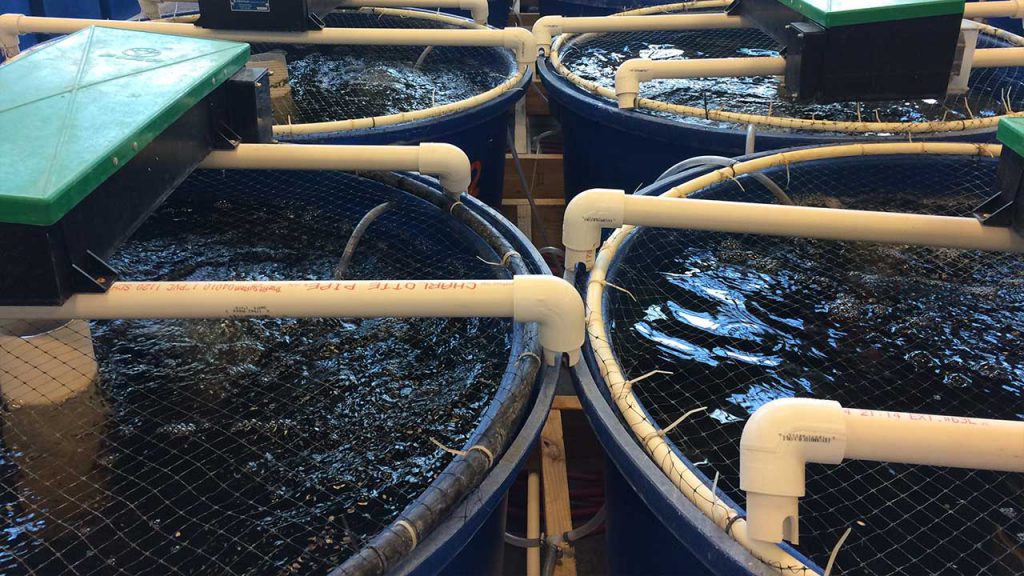Animal improvement and breeders

Introduction The registration of animals maintains the interest in specific breeds, and also leads to a pursuit of excellence – i.e. to get top performance from the animal. There is a vast difference between performances of the two groups within most breeds where registered animals outperform non-registered animals. There is also a vast price difference […]
Speciality fibre production

Introduction Speciality fibres refer in general to those natural hairs or wools that enhance garments in some way, be it in terms of warmth, handle, or lustre. The very nature of many of these fibres is such that the environment in which the animals live contributes to the properties of warmth in particular that makes […]
Wildlife ranching

Introduction The wildlife sector comprises 3 sub-sectors: wildlife ranching, wildlife activities, wildlife products. a) Wildlife ranching: The primary activities: breeding live sale of animals. Secondary contributors: Live captures Translocation Services Veterinary Services Fencing and maintenance b) Wildlife activities Primary activities: Wildlife Viewing Trophy Hunting Biltong Hunting Secondary contributors: Accommodation Transport Equipment & Supplies (Arms, Ammunition etc.) […]
Gamebirds and other poultry

Introduction This page looks at poultry like gamebirds, waterfowl, pheasants, turkeys and quail – birds not covered on our “Poultry” and “Birds and farming” pages. This whether they are hosted or actively farmed. Not only have gamebirds played a major role in human survival throughout ancient history, but all domestic turkeys and chickens also originate […]
Aquaculture

You are also encouraged to view the “Fisheries and Ocean Economy” and “Aquaponics” pages. Introduction The primary types (or branches) of aquaculture are marine aquaculture (saltwater / coastal), freshwater aquaculture (fresh water / inland) and brackish water aquaculture. Marine aquaculture is a branch of aquaculture involving the farming of marine plants and animals which is conducted […]
Beef Cattle Farming

Introduction Our progress as nations and as the human race is marked by the meat, milk, hides, draught power that cattle have provided. They also are an investment, and have served as an indicator of wealth and as articles for barter. It is not for nothing that the idiom Dikgomo ke banka ya Mosotho (cattle are the […]
Donkeys

Introduction Donkeys can play a vital role in the economy. As a result of the droughts the number of donkeys used for cultivation and transport has increased dramatically. In the southern part of Africa donkey use is on the increase and liable to remain at high levels for the foreseeable future. Donkeys are utilised throughout […]
Dairy cattle farming

Introduction South Africa’s dairy industry compares favourably with the world’s top dairy industries in farming methods and processing of dairy products. Although dairy farming occurs throughout South Africa, it is concentrated in the coastal provinces, with 86,1% of production coming from the Western Cape, KwaZulu-Natal and the Eastern Cape (MPO, 2025). In January 2025 there […]
Ostriches

Introduction More than seven million years ago ostriches migrated across Africa. These birds became a source of food for the San people and a popular theme for their rock paintings. The San were not the only ones who found these birds fascinating: detailed pictures of ostriches have also been found in ancient Egyptian tombs, Roman […]
Horses – the equine industry

Introduction Horses in South Africa are used in a wide array of activities. They are very effectively utilised in poorer communities as draught animals, for general transport and as an agile means of tracking stock animals in remote and rural areas where motorised vehicles are inadequate or unavailable. Horses are also extensively used in sport […]
